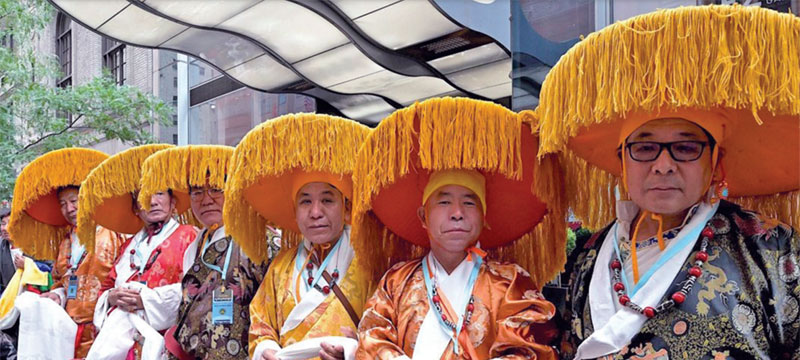The Illusion
Pravin Sawhney
On 19 June 2024, a bipartisan delegation of US lawmakers led by the US Chair on foreign affairs committee, Michael McCaul and including former House speaker, Nancy Pelosi met the Dalai Lama in Dharamshala to present him a copy of the recently passed ‘Resolution to Tibet China Dispute Act’ commonly referred to as the ‘Resolve Tibet Act.’ The Act passed on June 12 by both the Senate and the House now awaits the President’s clearance to become, what is easily the most contentious piece of legislation between the US and China since the US, in 2020, declared China in its National Security Strategy and National Defense Strategy, as its biggest (global geopolitical) competitor and the ‘pacing threat’ in this century.

Equally significant are two other issues concerning the Act. The US lawmakers chose to travel to Dharamshala to present the bill from India soil, even as the Dalai Lama was scheduled to travel on June 21 to the US for medical treatment. And, by welcoming the US delegation at the highest level—Prime Minister Modi met them—, India signaled to China that the US bill had its total support and encouragement.
By its act, the US lawmakers unequivocally indicated to China that a new security competition front against China, from Indian soil, had been opened. By the same logic, China would have assessed that the Modi government too (believing that it is in competition with China in regional geopolitics) had opened a security competition front against the Xi Jinping regime. While the US, as a great power competing with another great power China will get away with its provocation, India as a medium power might end up regretting its hollow bravado.
From the US perspective, security competition relates to use of military power in grey zone operations. Since, between two peer military competitors, the line between security competition, conflict, and war is thin, it is important for both sides to maintain strategic and military communications to keep unintended escalation in check. This explains why the US military had been asking China to keep open lines of communications since Washington started severe security competition in Taiwan Strait and the South China Sea (SCS). To recall, it was US House Speaker Nancy Pelosi’s visit to Taiwan in August 2022 (which China strongly objected to) that opened a severe security competition there. And, with the creation of the military alliance called SQUAD (consisting of the US, Japan, Australia and Philippines) in May 2024, the US had opened the second security competition front in SCS against China. The purpose of the security fronts in Taiwan and SCS is to contain the PLA in the first island chain, while the purpose of the front from the India soil in to put pressure on th
Subscribe To Force
Fuel Fearless Journalism with Your Yearly Subscription
SUBSCRIBE NOW
We don’t tell you how to do your job…
But we put the environment in which you do your job in perspective, so that when you step out you do so with the complete picture.







